Contents
The deepest part of the ocean, the Mariana Trench, remained a mystery until a crew aboard the HMS Challenger inadvertently stumbled upon its immense depths while conducting a routine sounding.
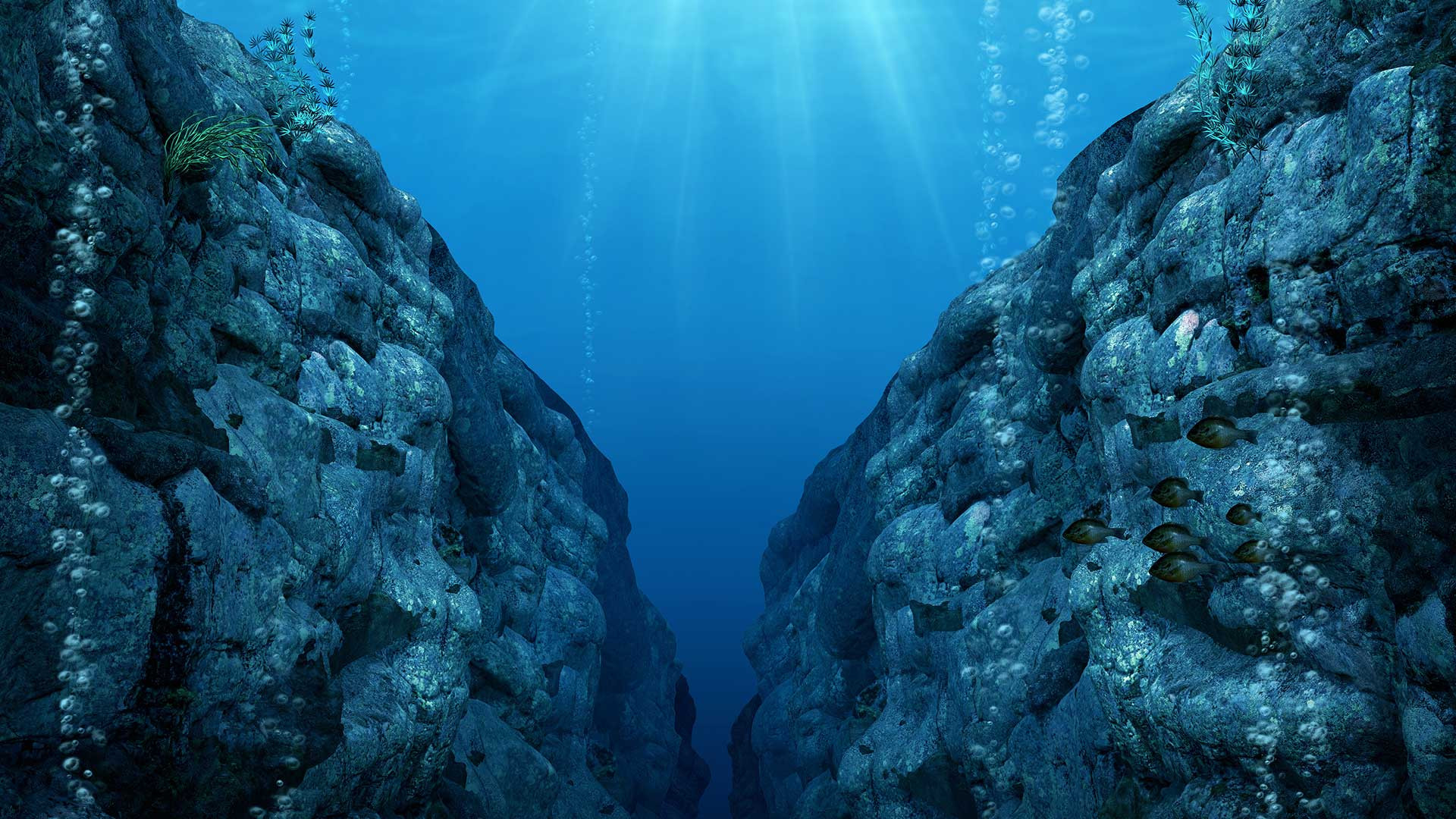 alt text: An illustration depicting the Mariana Trench, showcasing its extreme depth and unique underwater environment.
alt text: An illustration depicting the Mariana Trench, showcasing its extreme depth and unique underwater environment.
On March 23, 1875, southwest of the Mariana Islands in the Pacific Ocean, the HMS Challenger paused to take a depth sounding. The crew lowered a weighted rope, a standard procedure, but this time, the rope seemed to descend endlessly. Finally, at approximately 27,000 feet, or five miles, it touched bottom – the first human contact with what would become known as the Mariana Trench.
Later expeditions would reveal the trench’s true depth: a staggering 36,000 feet, almost seven miles, surpassing even the height of Mount Everest. At this depth, the pressure is immense, about 1,100 times that of the surface, comparable to an African elephant balancing on a human thumb. Sunlight never penetrates, and the water temperature hovers near freezing, although slightly warmer at the very bottom due to pressure-induced kinetic energy. The Mariana Trench stands as one of the most extreme and fascinating environments on Earth.
Formed by the Pacific Plate subducting beneath the Philippine Sea Plate, the Mariana Trench extends over 1,500 miles in a crescent shape through the western Pacific. This region, part of the “Ring of Fire,” is home to many of the world’s deepest trenches. Before the HMS Challenger’s voyage, the existence of the Mariana Trench remained unknown.
The HMS Challenger’s Groundbreaking Voyage
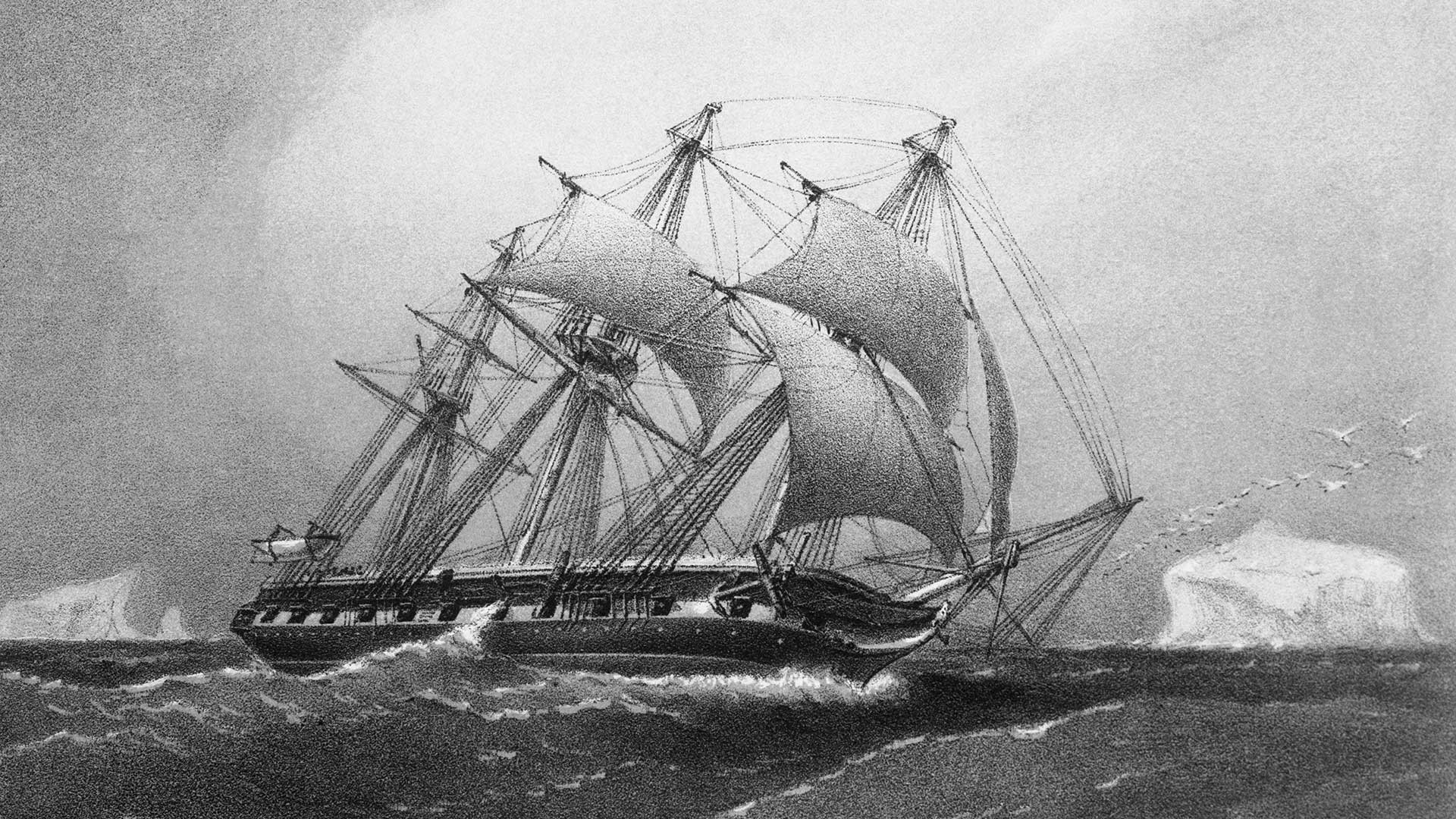 alt text: An illustration of the HMS Challenger, a British warship converted into a research vessel for its oceanographic expedition.
alt text: An illustration of the HMS Challenger, a British warship converted into a research vessel for its oceanographic expedition.
Originally a British warship, the HMS Challenger was transformed in 1872 into a floating research laboratory, complete with scientific equipment and storage space, and with most of its weaponry removed. This conversion was driven by scientists from the Royal Society, who envisioned a global expedition to explore the oceans. The British navy agreed, prioritizing scientific discovery over military objectives.
Departing England on December 21, 1872, the Challenger carried six scientists, along with a crew of approximately 250 sailors and officers. Their voyage, lasting almost three and a half years, would circumnavigate the globe, covering nearly 70,000 nautical miles. The ship traversed the Atlantic multiple times, sailed around the Cape of Good Hope, ventured towards Antarctica before being halted by ice, and explored the Pacific, visiting Australia, New Zealand, Asia, and South America.
Scientific Discoveries and Perils at Sea
Every 200 miles, the Challenger’s scientists established an observing station. They measured depth using a weighted rope, collected sediment samples, dredged the seafloor for organisms, recorded temperatures, and gathered water samples. This work was often challenging and dangerous. Equipment was lost, a sailor was tragically killed by a flying iron block dislodged by the dredge rope, and a scientist succumbed to an infection.
Despite the hardships, the Challenger expedition amassed vast amounts of data, laying the foundation for modern oceanography. This groundbreaking voyage, comparable to the Apollo program in its scope and impact, captivated the public’s imagination. It revealed thousands of new species, proving that life could thrive even in the deepest ocean depths. They discovered cosmic dust, remnants of celestial bodies, and polymetallic nodules, which are now attracting the attention of mining companies.
The Serendipitous Discovery of the Mariana Trench
The discovery of the Mariana Trench happened by chance. While en route to Japan, approximately 175 miles southwest of Guam, the Challenger stopped for another observation. To conserve coal, the captain decided to let the ship drift, rather than using the engines to maintain position. The sounding rope plummeted to an astounding 4,475 fathoms (nearly 27,000 feet), by far the deepest measurement recorded during the entire voyage. The scientists were astonished by this unexpected finding. They repeated the measurement, confirming the extraordinary depth. The area was named “Swire Deep,” but they didn’t yet realize they had encountered a trench.
Further Exploration of Challenger Deep
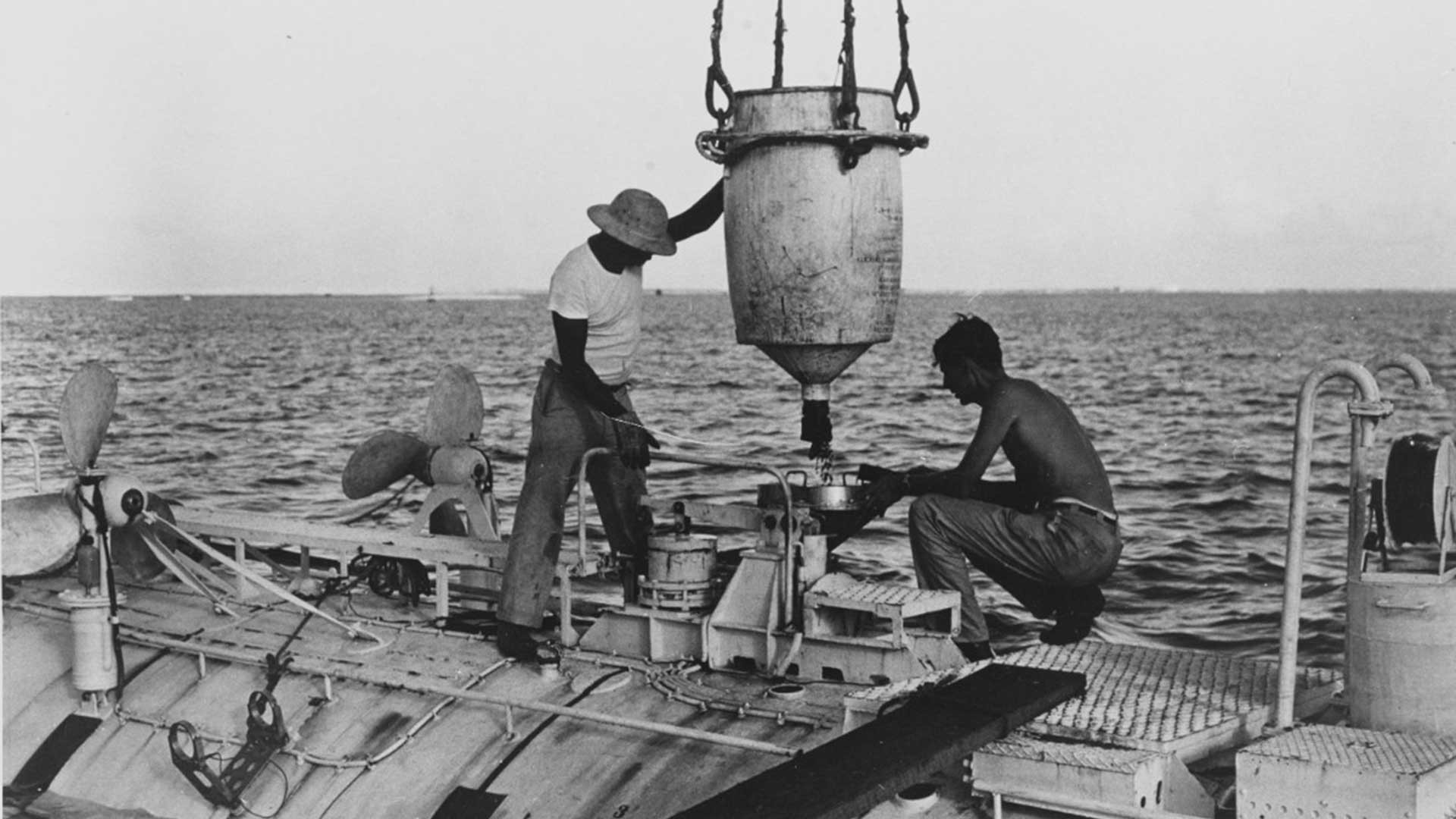 alt text: Jacques Piccard and Ernest Virgil prepare the Trieste bathyscaphe for a dive by loading iron shot ballast.
alt text: Jacques Piccard and Ernest Virgil prepare the Trieste bathyscaphe for a dive by loading iron shot ballast.
Mapping the full contours of the seafloor came later. In 1899, a U.S. expedition measured a depth exceeding 31,600 feet in the same area. In the 1950s, the HMS Challenger II, using sonar, recorded a depth of 35,640 feet. The deepest part of the Mariana Trench, named Challenger Deep, has been surveyed repeatedly, consistently measuring approximately 36,000 feet.
In 1960, Jacques Piccard and Don Walsh descended to Challenger Deep in the bathyscaphe Trieste, becoming the first humans to reach the ocean’s deepest point. In 2012, James Cameron made a solo descent. Since then, others have followed, including Kelly Walsh, Kathy Sullivan, and Victor Vescovo.
Life at the Bottom of the Mariana Trench
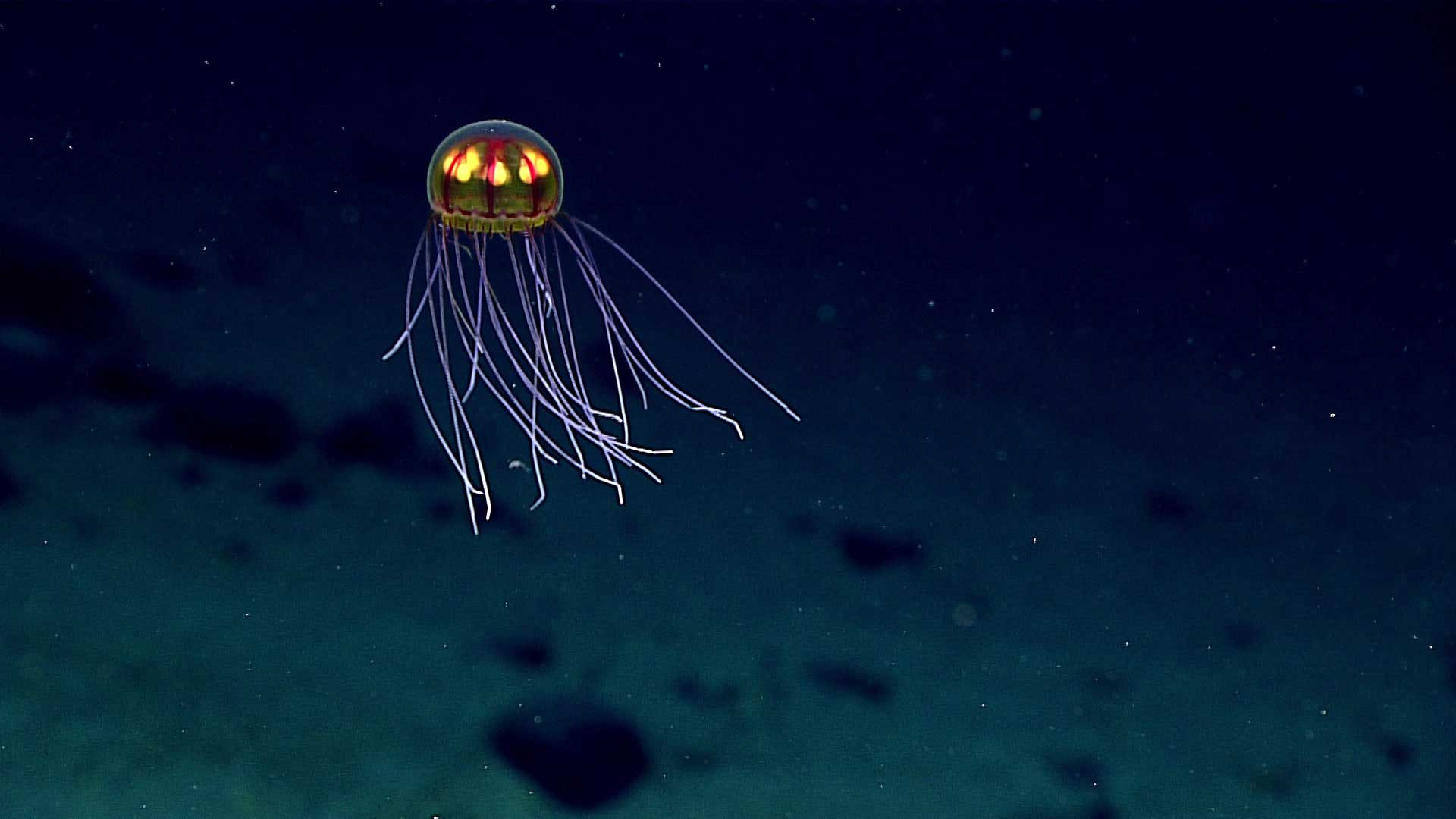 alt text: A jellyfish observed during a remotely operated dive in the Mariana Trench, demonstrating the presence of life in this extreme environment.
alt text: A jellyfish observed during a remotely operated dive in the Mariana Trench, demonstrating the presence of life in this extreme environment.
Even in the extreme conditions of Challenger Deep, life exists. Amphipods thrive, along with sea cucumbers, microbes, and xenophyophores. Fish, like hadal snailfish and cusk eels, inhabit the trench, but generally not below 27,000 feet.
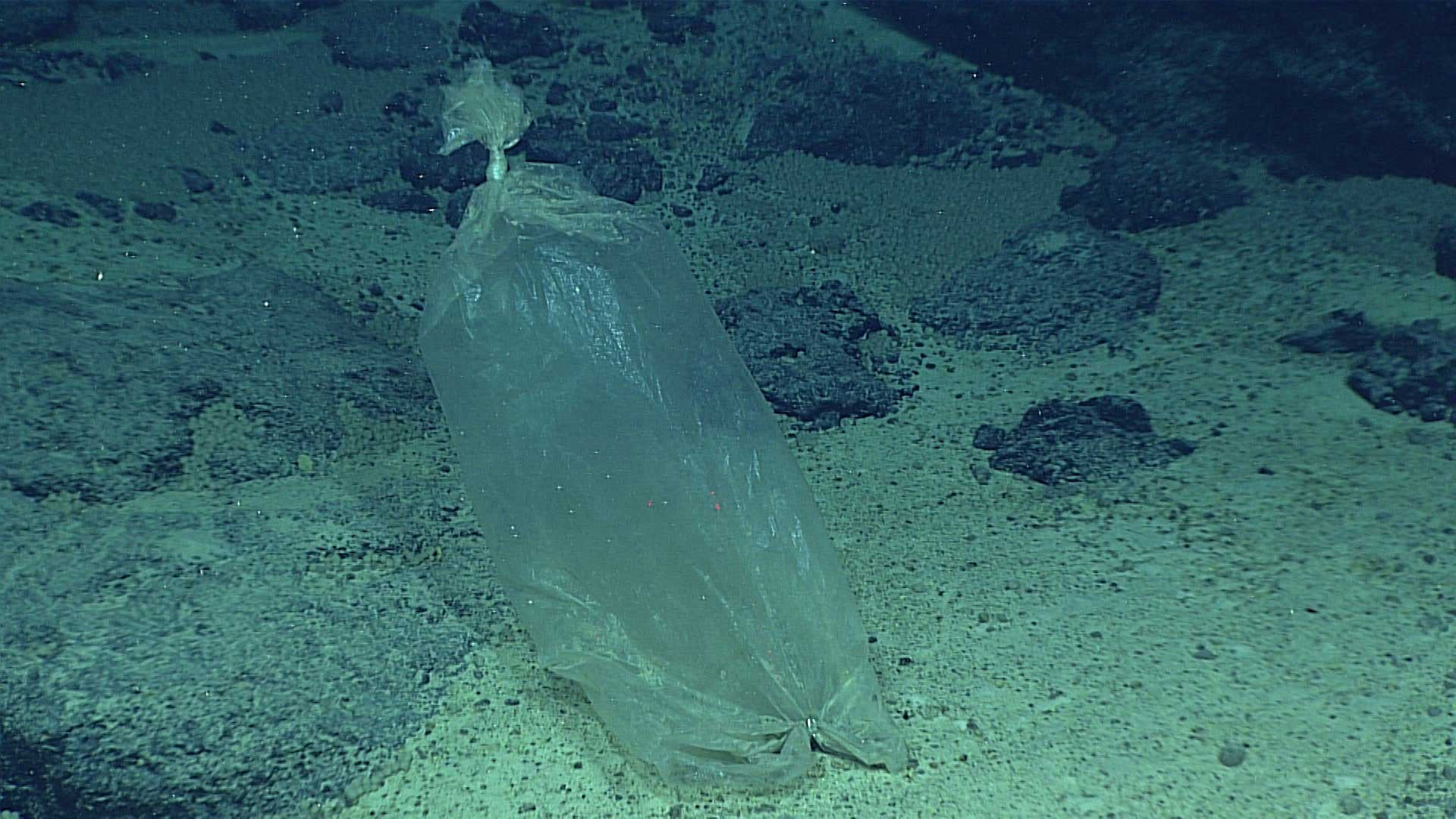 alt text: A plastic bag discovered in the Mariana Trench, highlighting the impact of human pollution even in the deepest parts of the ocean.
alt text: A plastic bag discovered in the Mariana Trench, highlighting the impact of human pollution even in the deepest parts of the ocean.
While considered beautiful and peaceful, the Mariana Trench is not immune to human impact. Plastic pollution, including a bag found at the very bottom, and declining oxygen levels are evidence of this. Much remains unknown about these trench ecosystems, emphasizing the need for their protection and further research.